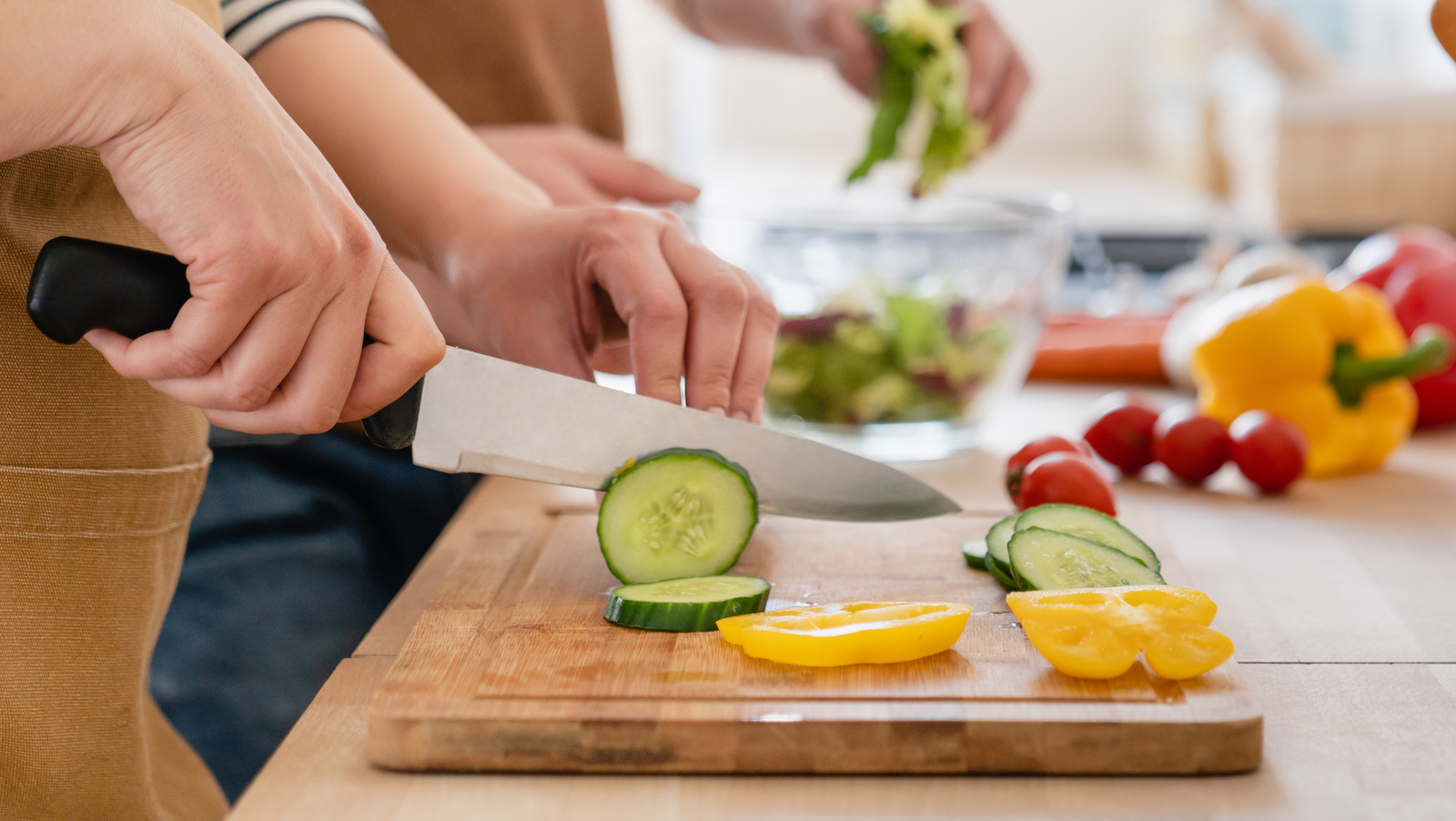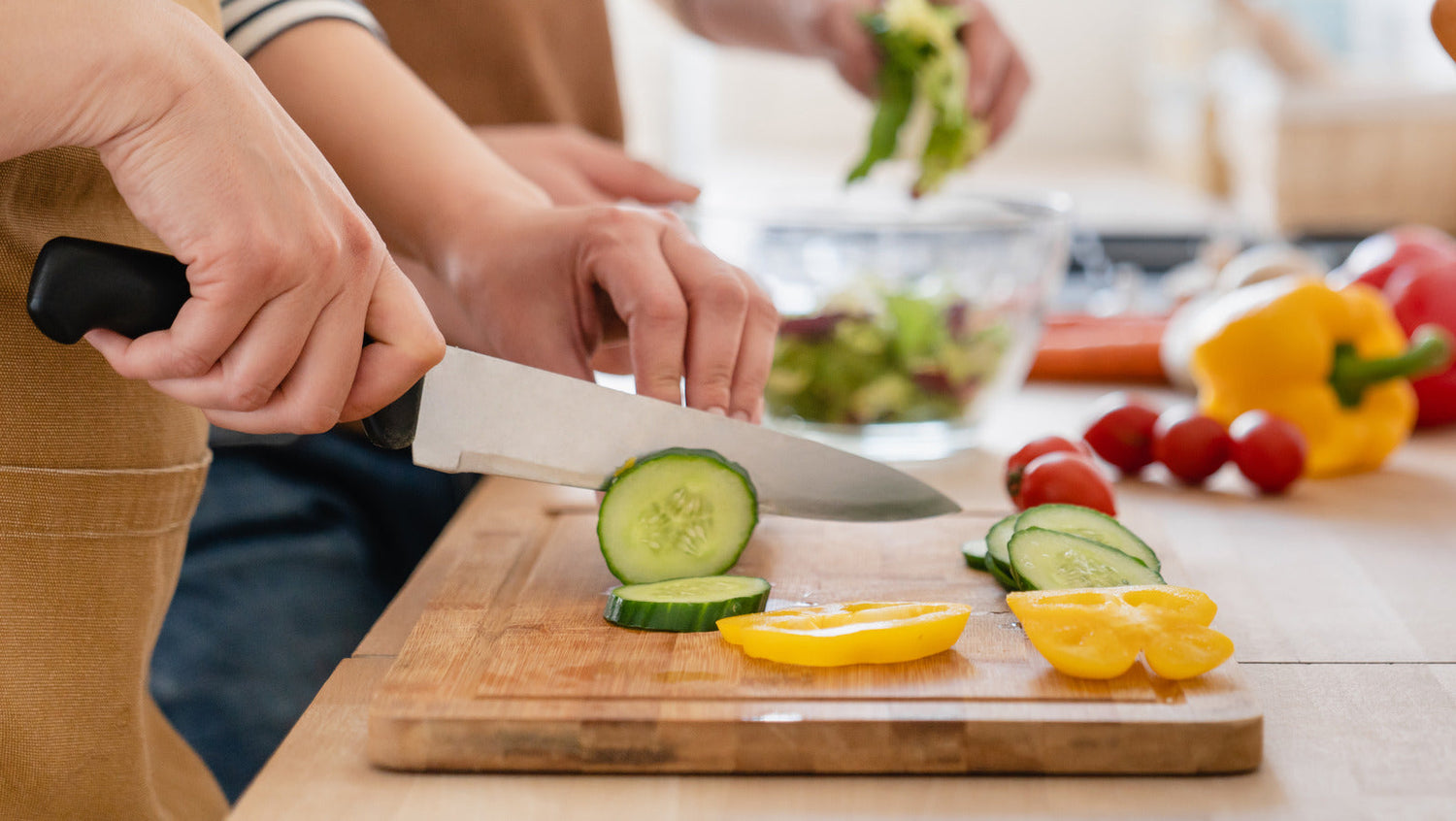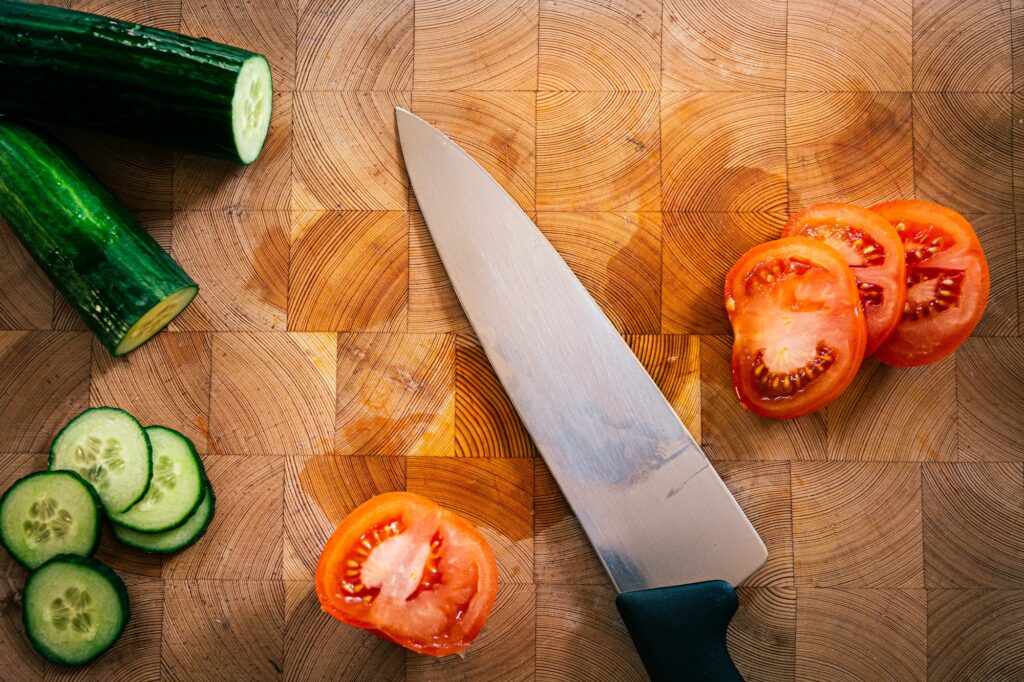As a kitchen professional, you already know how invaluable a wooden cutting board is in your cooking arsenal. But do you know how to care for wooden cutting board to extend its life and keep it in pristine condition? In this guide, well dive deep into every aspect of maintaining your wooden cutting board, ensuring it stays your reliable kitchen companion for years.
Let's explore why proper care is crucial and how regular maintenance will not only save you money on replacements but also prevent cross-contamination in your kitchen workspace.

Why Properly Caring for Wooden Cutting Boards Matters
Wooden cutting boards are a favorite among culinary experts for their durability, knife-friendliness, and aesthetic appeal. However, neglecting how to care for wooden cutting board can lead to issues like warping, cracking, or harboring bacteria. Proper maintenance is essential for these reasons:
- Longevity: With proper care, your wooden cutting board can last for decades.
- Hygiene: Regular cleaning and oiling lower the risk of bacterial growth.
- Performance: A well-maintained board ensures a smooth surface that's safe for knives and food preparation.
Essential Methods for Cleaning Wooden Cutting Boards
Cleaning your wooden cutting board the right way is the cornerstone of its maintenance. Heres how you can do it effectively:
Step 1: Handwashing Only
Never put your wooden cutting board in the dishwasher, as excessive moisture and heat can cause warping or cracking. Wash it by hand using warm, soapy water and a sponge after each use.
Step 2: Sanitizing for Safety
Every so often, sanitize your cutting board to kill bacteria. Use a mixture of one tablespoon of bleach in one gallon of water, or create a natural solution with lemon juice and salt.
Step 3: Thorough Drying
Always dry your cutting board immediately after washing to prevent water absorption, which can weaken the wood. Prop it up vertically for air circulation on all sides.
Nourishing and Oiling Your Cutting Board
Learning how to oil a cutting board is crucial to maintain its structure and lustrous finish. The key is to use food-grade mineral oil or beeswax and follow these steps:
Step 1: Clean the Board Thoroughly
Before oiling, make sure the cutting board is clean and completely dry. This preparedness ensures the oil penetrates deeply into the wood fibers.
Step 2: Apply the Oil Generously
Pour a liberal amount of oil onto the board, rubbing it in with a clean cloth or paper towel in the direction of the wood grain.
Step 3: Let It Rest
Allow the oil to soak in overnight. If the board appears dry in any areas the next day, reapply the oil as needed.
Preventing Common Wooden Cutting Board Issues
Follow these practical tips to prevent issues that often arise with neglect or improper care of wooden cutting boards:
- Avoid Submerging: Never soak your wooden cutting board in water. Over time, this can cause the wood to swell and eventually warp.
- Rotate Usage: Use both sides of the board to distribute wear evenly.
- Remove Odors: To freshen up your cutting board, sprinkle it with baking soda, rub it with lemon, and rinse.
Choosing the Right Wooden Cutting Board
The longevity and care required are influenced by the type of wood used. Boards made from hard woods like maple, walnut, or cherry are ideal for their resistance to knife marks and less porous surfaces.
For a detailed analysis of choosing, maintaining, and using wooden cutting boards, check out this guide on Clean Eating Mag.
Helpful Resources for Wooden Cutting Board Maintenance
For further insights and step-by-step tutorials, you can explore articles like how to oil cutting board or how to clean wood cutting board on Culinacooks.com.

FAQs About How to Care for Wooden Cutting Board
1. How often should I oil my wooden cutting board?
It's recommended to oil your cutting board every two to four weeks, depending on how frequently you use it. If the surface starts to look dry, give it a good oiling.
2. Can I use vegetable oil to maintain my cutting board?
You should avoid vegetable oil or olive oil as they can become rancid over time. Stick to food-grade mineral oil or beeswax.
3. What do I do if my cutting board develops cracks?
Small cracks can be filled with food-safe wood filler. However, deep or wide cracks may require the board to be replaced since they can harbor bacteria.
In conclusion, understanding how to care for wooden cutting board is vital for kitchen professionals who rely on their tools daily. With proper cleaning, oiling, and a little extra attention, your wooden cutting board can remain a cherished part of your culinary routine.
This article contains affiliate links. We may earn a commission at no extra cost to you.





Leave a comment
This site is protected by hCaptcha and the hCaptcha Privacy Policy and Terms of Service apply.